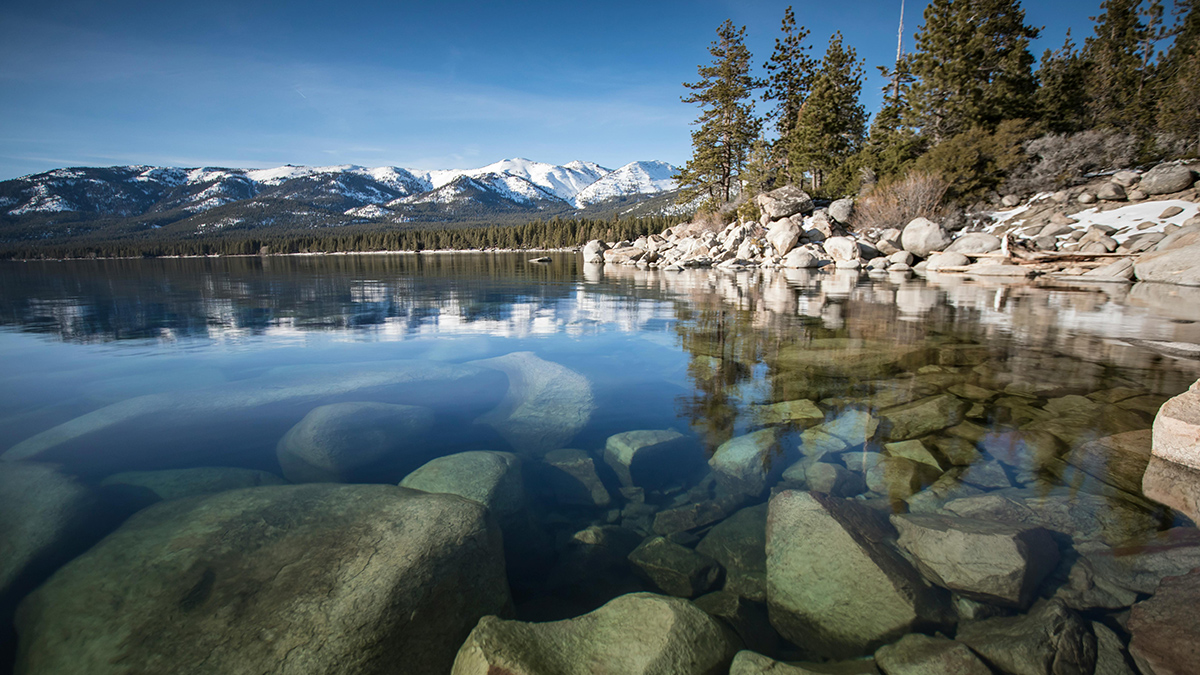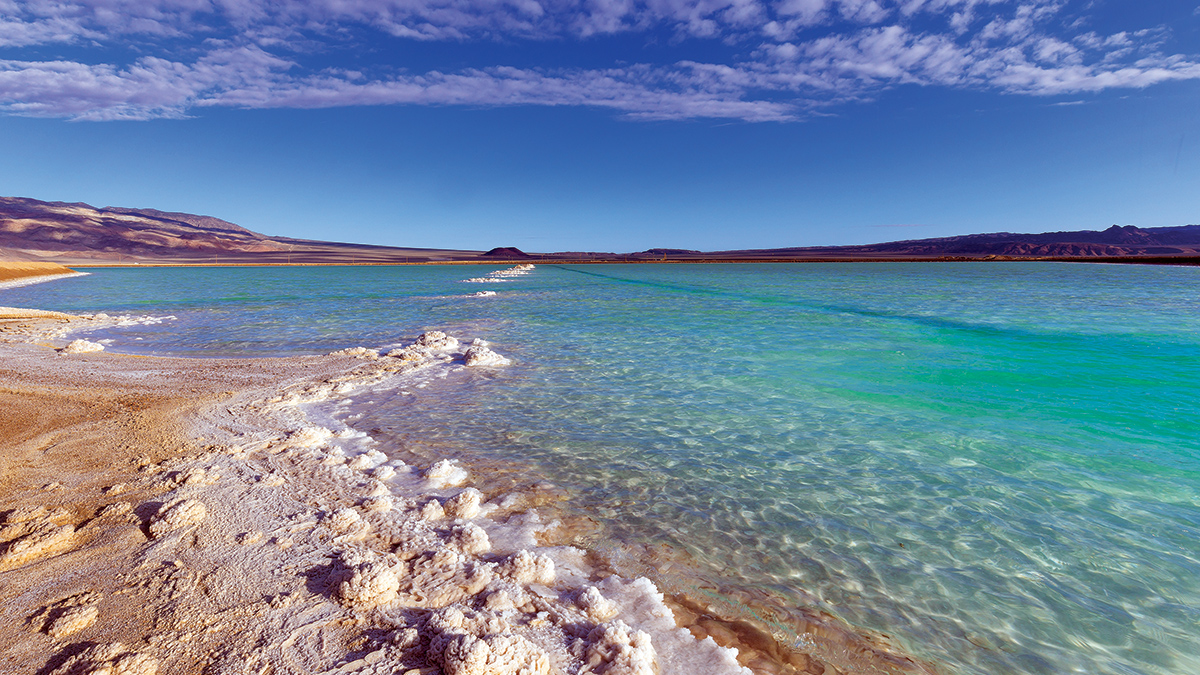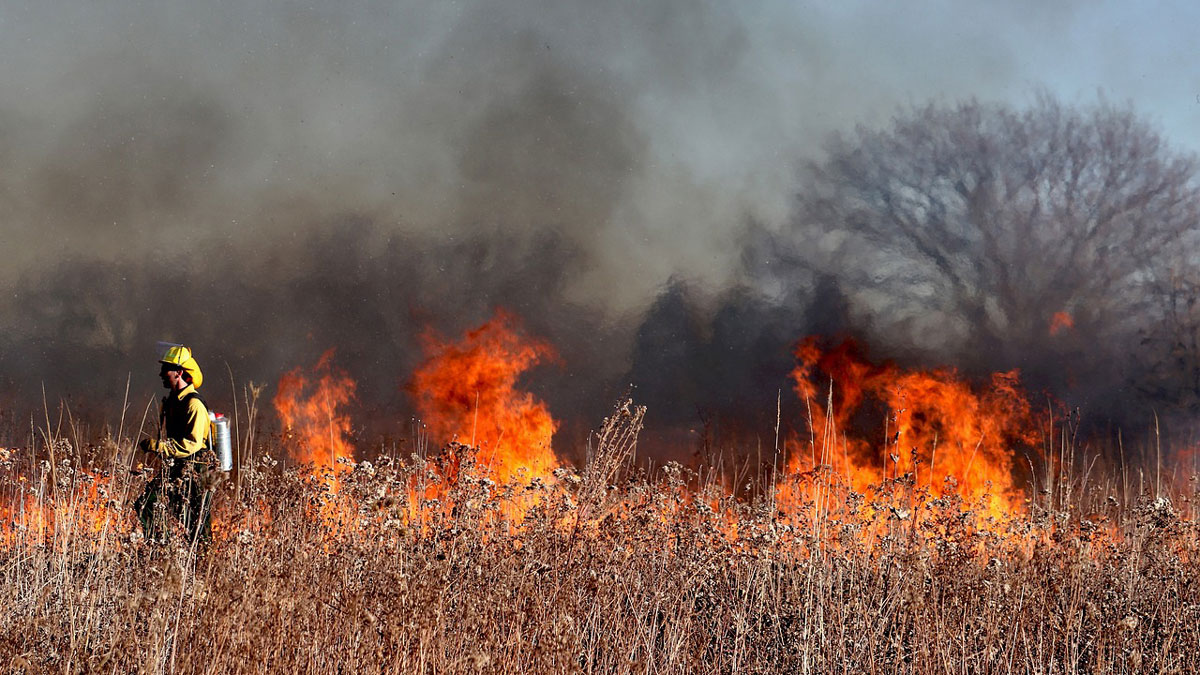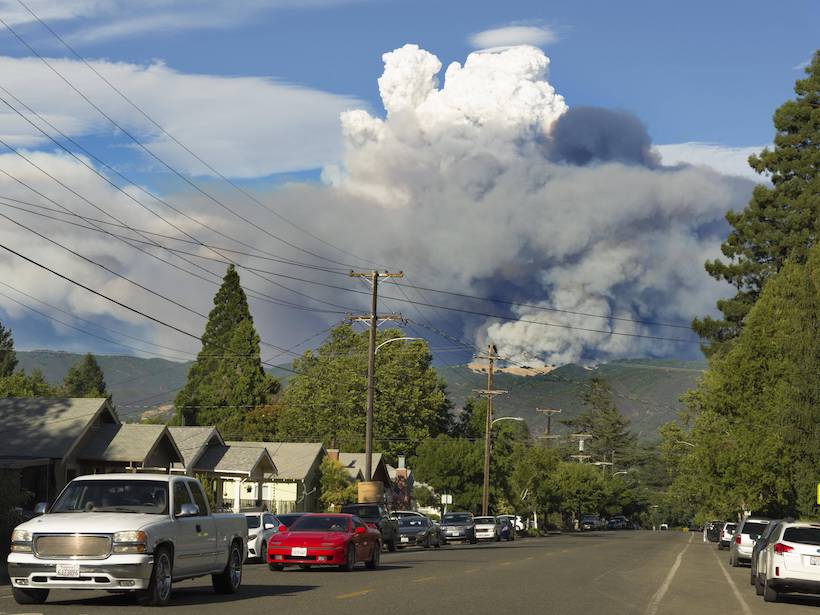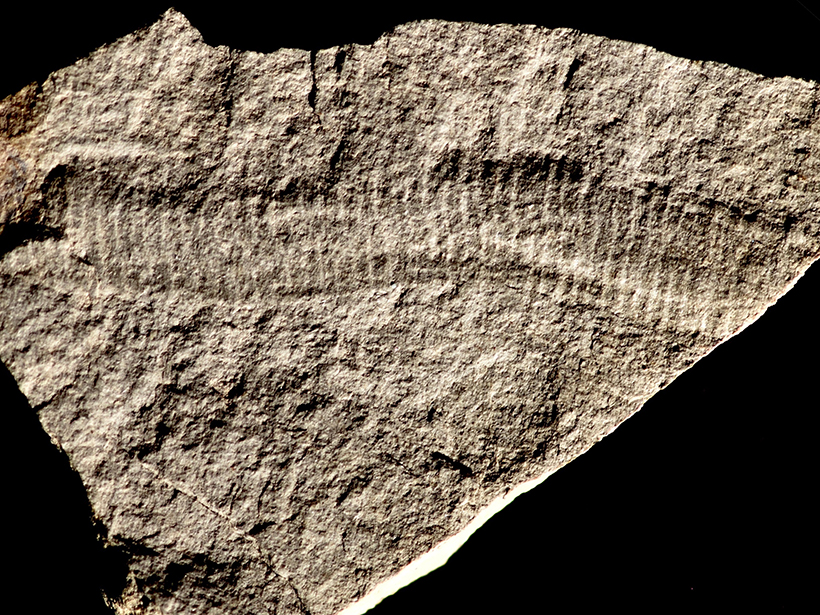An 18-year study reveals dramatic year-to-year variations in ultraviolet radiation penetration tied to Sierra Nevada precipitation cycles.
Nevada
Nevada tiene montones de litio. Esta es la razón.
Nevada se está convirtiendo en un gran productor de litio, gracias a la topografía, el clima y la serendipia geológica.
Nevada Has Loads of Lithium. Here’s Why.
Nevada is becoming a major producer of lithium, thanks to topography, climate, and geologic serendipity.
Climate Change Narrows the Window for Prescribed Fires
Longer, drier summers may mean fewer opportunities for firefighters to safely burn would-be wildfire fuel in the western United States.
The Western Great Basin Has an Arsenic Problem—Blame Its Geology
A new study links geological factors such as faulting and geothermal activity to an elevated risk of arsenic contamination in private wells across the Great Basin.
Urban Water Conservation Success in the Colorado River Basin
In the past few decades, cities in Arizona, Colorado, and Nevada have vastly increased their water use efficiency. They’ve also learned lessons that can inform other cities’ efforts.
“Thirstier” Atmosphere Will Increase Wildfire Risk out West
New climate projections could inform long-term wildfire and water resources management strategies in California and Nevada.
Asbestos Fibers Thread Through Rocks and Dust Outside Vegas
Scientists found natural asbestos minerals in one of the fastest-growing counties in the United States. The health implications aren’t clear, nor are the impacts on development.
Nuclear Bomb or Earthquake? Explosions Reveal the Differences
A series of controlled chemical detonations in the Nevada desert is helping researchers discern between ground shaking caused by nuclear explosions and earthquakes.
Hunting Rare Fossils of the Ediacaran
The search for fossil imprints and casts of squishy organisms takes time, perseverance, and sometimes a sprinkle of luck.

